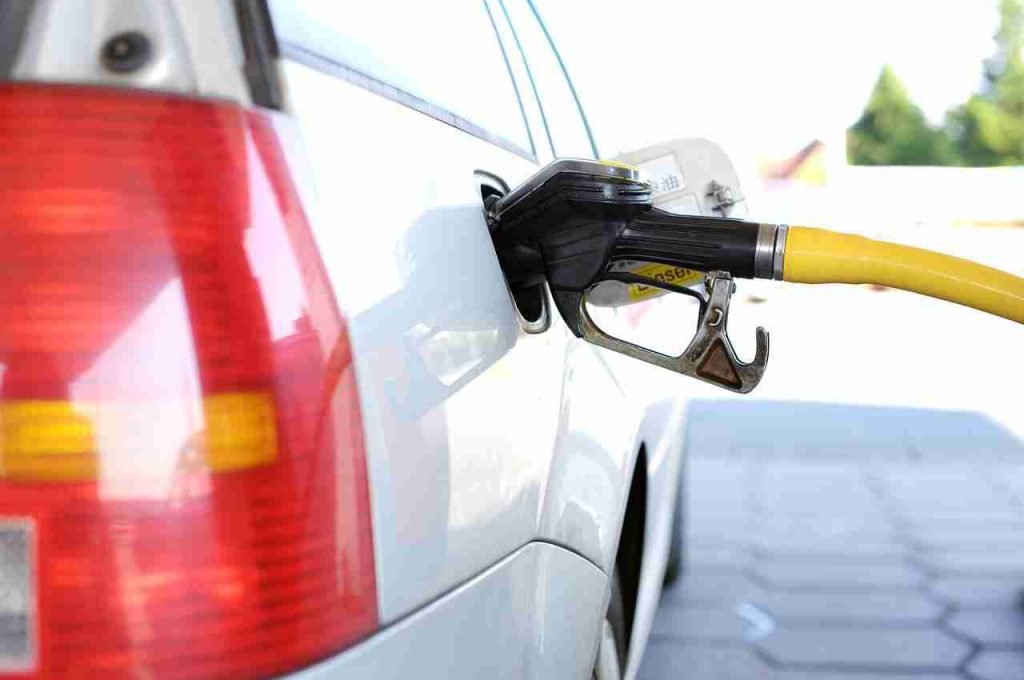Since 2014 the program of mixing ethanol and fuel has progressed at a good pace (Ethanol-Blended petrol). Recently, India achieved a crucial milestone of mixing up to 10% ethanol five months before the deadline.
With this achievement, the Government of India is targeting 20% ethanol by 2025, which was earlier set for the year 2030. There are many benefits of blending a higher percentage of ethanol, but the primary is to save the foreign exchange amount that our country pays to buy crude oil.
Our Government will save up to ₹30,000 crores (approx $4 Billion) of foreign exchange per year. For context, in the last eight years (2014-2022), India saved around ₹41,500 crores (approx $5.5 billion). You might think that overall savings are looking low for eight years, but things are starting to happen now, and 20% ethanol will make a huge impact.
Currently, India is spending over $120 billion (approx ₹16,000 crores) to buy crude oil from other countries. Mixing ethanol in petrol is not new to us. Earlier, this mixture was in a small percentage, which increased to 10% ethanol. Generally, to show the percentage of ethanol mixed in fuel, there is a global standard of E5, E10, E20, etc.
For instance, E10 fuel contains 10% ethanol and 90% petrol, whereas E20 has 20% ethanol and 80% petrol. The higher blending of ethanol in the fuel would save a significant amount that our country pays for crude oil imports.

Ethanol-Blended Petrol Roadmap
The E-20 roadmap proposes the following milestones:
- Raise pan-India ethanol production capacity from the current 700 to 1500 crore liters
- Phased rollout of E10 fuel by April 2022
- Phased rollout of E20 from April 2023, its availability by April 2025
- The rollout of E20 material-compliant and E10 engine-tuned vehicles from April 2023
- Production of E20-tuned engine vehicles from April 2025
- Nationwide educational campaign
- Encourage the use of water-sparing crops, such as maize, to produce ethanol
- Promote technology for the production of ethanol from the non-food feedstock.
Benefits of Using Ethanol
The use of ethanol-blended petrol not only saves cost but also has many benefits. Ethanol is a biofuel that will help reduce carbon emissions in the atmosphere when used with petrol. Low carbon emission means better air quality. In that way, highly polluted cities like New Delhi will benefit.
Ethanol mainly comes from agricultural products like sugarcane, food grains, etc. The Government of India has already taken the necessary initiatives to increase ethanol production. Thus farmers’ incomes will rise, new employment will generate, and other investment opportunities will create.
In the future, we might see flex engines in vehicles that are capable to handle up to 100% ethanol (E100) fuel.
Some Downsides
However, there are some downsides to using ethanol-blended petrol as well. Ethanol has low energy that can reduce the vehicle’s efficiency and performance. In addition, ethanol can cause corrosion of fuel tanks, plastic and rubber materials, etc. Therefore, vehicles will require the necessary engine tuning and compatible parts.
Current two-wheeler and passenger vehicles in the country are designed optimally for E5, with rubber and plastic components compatible with E10 fuel; their engine can be calibrated for E10 for better performance. E20 material compliant and E10 engine tuned vehicles may roll out from April 2023.
Vehicles with E20 tuned engines can be rolled out from April 2025. These vehicles would run on E20 only and will provide high performance. In addition, E10 fuel will be available for existing non-E20 compatible vehicles.
